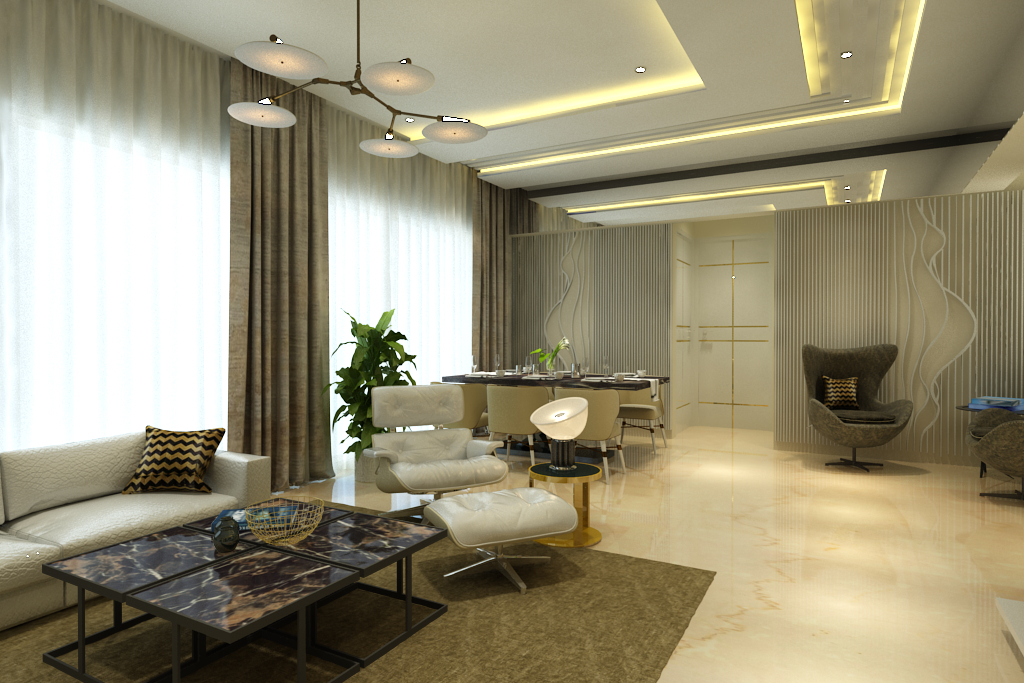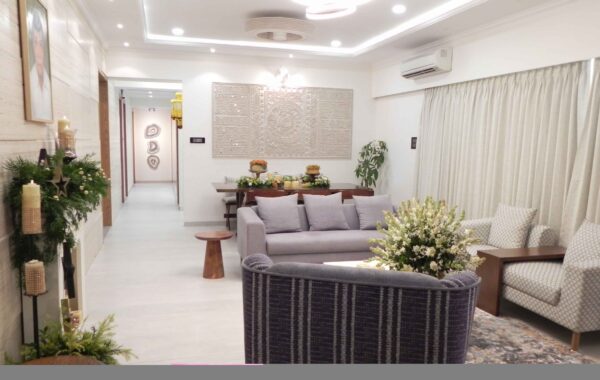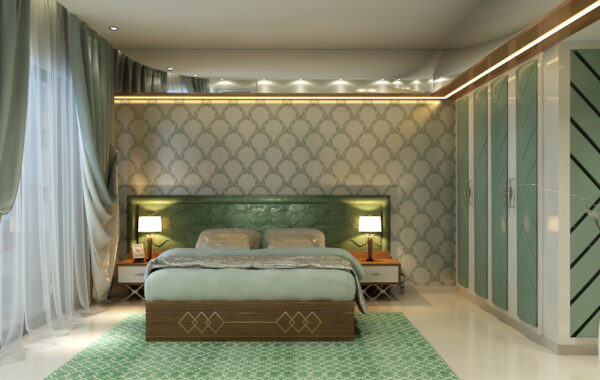In a world saturated with Instagram-ready interiors, it’s easy to believe that a beautiful space is a successful space. But the most unforgettable rooms—the ones that leave you exhaling, settling, staying—don’t always photograph well. They don’t start with trends or palettes. They start with feeling.
Welcome to the philosophy of Invisible Comfort: designing spaces that feel right on a sensory, emotional, even subconscious level—before they ever impress visually.
As a world-class interior designer who has worked in homes across cultures, climates, and lifestyles, I’ve come to understand one universal truth: people don’t remember perfect styling—they remember how a space made them feel. And in an age of overstimulation and burnout, that feeling matters more than ever.
Let’s explore how to create spaces that don’t just look beautiful but feel like home to the nervous system—quietly, powerfully, and invisibly.

🧠 1. The Science of Sensation: Why Feeling Comes First
Before your brain processes form or color, it processes temperature, light, texture, and spatial flow. These elements affect your stress levels, comfort, alertness, and emotional response.
In other words, your nervous system decides if a room is “right” before your conscious mind ever catches up.
That’s why truly comforting spaces often go unnoticed at first. They’re not flashy—they’re felt. The air is the right temperature. The lighting is soft. The noise level is contained. The textures are gentle. The layout doesn’t demand thought.
Invisible comfort works in the background, creating ease without asking for attention.
🪑 2. Comfort Isn’t a Sofa—It’s a System
Many assume that comfort means buying a cushy couch or upgrading to a memory foam mattress. But invisible comfort is about the total experience, not any one item.
Elements That Create Invisible Comfort:
- Acoustics: A room that muffles echoes or absorbs noise feels instantly more grounded.
- Lighting Temperature: Soft, warm lighting (2700K or below) calms the nervous system and promotes relaxation.
- Air Movement: Subtle ventilation, ceiling fans, or cross-breezes keep the room feeling alive without being distracting.
- Temperature Zones: Cozy throws in cooler corners, breathable bedding where heat builds—designing with micro-climates in mind.
- Scent and Air Quality: Invisible, but instantly felt. Clean air, subtle natural scents, and non-toxic materials create deep calm.
The goal? Effortless ease. A space that doesn’t need adjusting, tweaking, or fixing. It simply feels right.
🖐 3. Touch Over Visual: Designing for Tactile Intelligence
We live in a visually obsessed design culture, but touch is often a stronger driver of comfort than sight. Your skin processes constant information about the space: softness, temperature, resistance, friction.
Design Tactile Moments:
- Choose natural fabrics like cotton, wool, or linen that breathe and soften with age.
- Add layers of texture—think a knitted throw, a velvet cushion, a woven rug.
- Use rounded edges and soft corners to reduce subconscious tension.
If a room looks great but feels sterile, cold, or overly glossy, it can increase sensory stress. Touch is the true test of welcome.
🌀 4. Layout That Flows with You
Invisible comfort is also about spatial logic—how naturally a space supports your movement, routines, and rhythms.
Design Questions to Ask:
- Can I move from bed to bathroom to closet without friction?
- Is there a drop zone near the entrance that makes coming home easy?
- Are daily-use items within natural reach, or do I have to hunt for them?
- Is there visual or spatial breathing room between activity zones?
A well-designed layout removes mental load. You don’t have to think—you just flow.
🧘 5. Emotional Safety Through Design
A space can be perfectly styled but emotionally unsafe. Lighting that’s too harsh. Open spaces that feel exposed. Cold materials that create emotional distance.
True comfort means creating psychological safety—a space where your body can let its guard down.
Strategies for Emotional Ease:
- Enclose with intention: Create corners, nooks, or wraparound seating to make the body feel cradled.
- Lower furniture heights in certain zones to make the environment feel more grounded and informal.
- Use soft transitions between spaces—rugs, archways, light changes—to reduce abruptness.
- Prioritize privacy in bedrooms, bathrooms, and rest zones.
When a room holds you, not just houses you, that’s invisible comfort.
🕯 6. The Atmosphere Layer: Small Things, Big Feelings
What makes a space feel like a sanctuary isn’t just the architecture—it’s the atmosphere. Small, often unnoticeable details shape the emotional tone.
- Lighting on dimmers or timers to follow your mood and the time of day
- Background music or natural soundscapes
- A familiar scent that signals “you’re home”
- The presence of plants, books, art, or objects that mean something to you
This isn’t decor. It’s energetic design—where space becomes a reflection of emotional resonance.
✨ Final Thought: Design That Disappears Into Well-Being
Design should never just be seen. It should be felt in the nervous system, the muscles, the breath. Spaces designed with invisible comfort don’t chase trends. They honor instinct. They hold you gently. They let you be.
So before you ask, “How does this room look?” try asking:
- “How does my body feel here?”
- “Do I exhale when I enter?”
- “Can I rest without effort?”
If the answer is yes, you’ve created more than a beautiful space—you’ve created a healing one.
Because the best interiors don’t just impress.
They restore.
And the comfort that matters most is often the one you never have to name.



